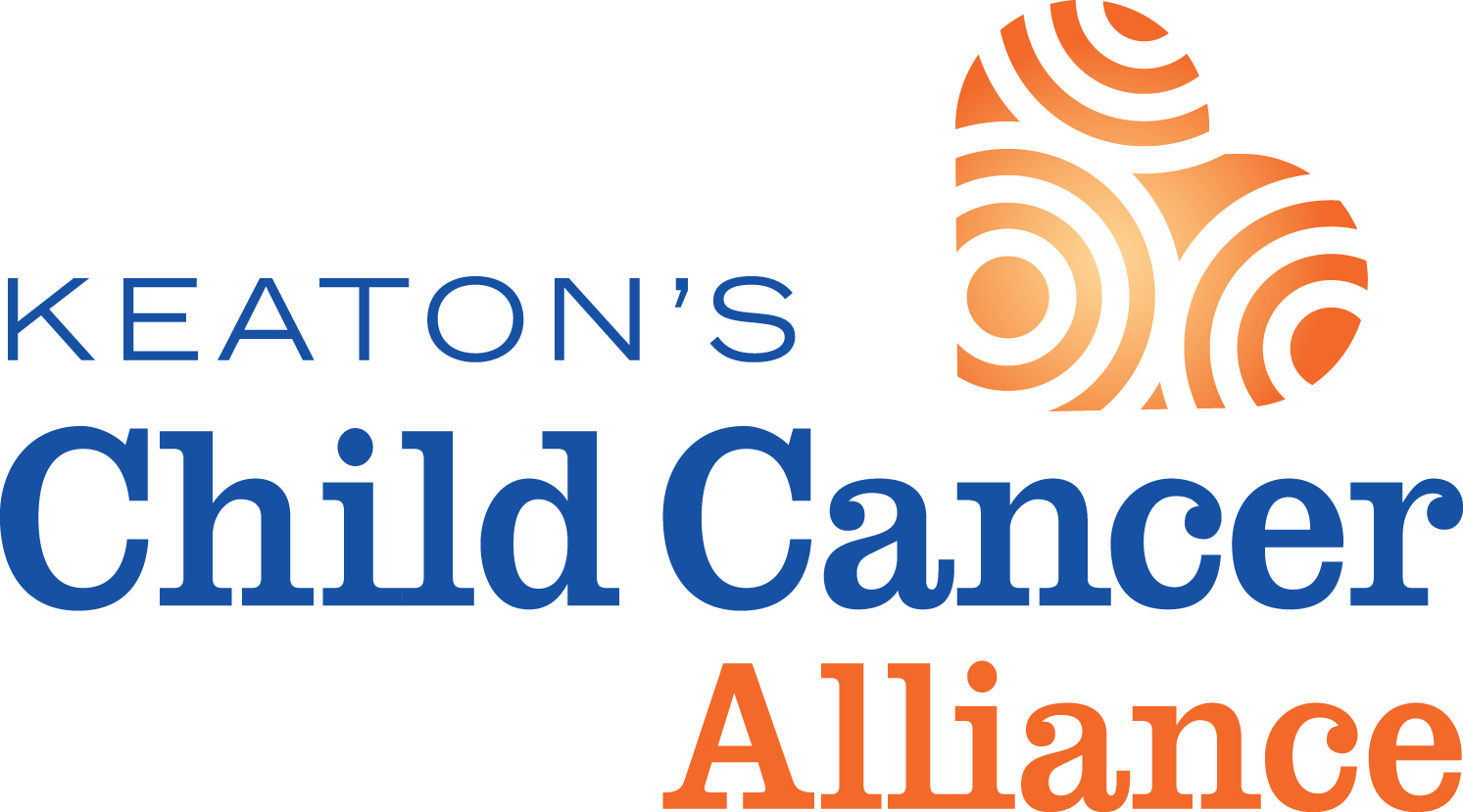Rhabdomyosarcoma
Sarcomas are cancers that develop from connective tissues in the body, such as muscles, fat, bones, the linings of joints, or blood vessels. There are many types of sarcomas.
Rhabdomyosarcoma (RMS) is a type of sarcoma made up of cells that normally develop into skeletal (voluntary) muscles. These are muscles that we control to move parts of our body.
Well before birth, cells called rhabdomyoblasts (which will eventually form skeletal muscles) begin to form. These are the cells that can develop into RMS. Because this is a cancer of very early forms of muscle cells, it is much more common in children, although it does sometimes occur in adults.
We might think of our skeletal muscles as being mainly in our arms and legs, but RMS can start nearly anywhere in the body, even in some parts of the body that don’t normally have skeletal muscle.
Common sites of RMS include:
- The head and neck (such as near the eye, inside the nasal sinuses or throat, or near the spine in the neck)
- Urinary and reproductive organs (bladder, prostate gland, or any of the female organs)
- Arms and legs
- Trunk (chest and abdomen)
Types of rhabdomyosarcoma
There are 2 main types of RMS, along with some less common types.
Embryonal rhabdomyosarcoma (ERMS)
ERMS usually affects children in their first 5 years of life, but it can occur at older ages as well.
ERMS tends to occur in the head and neck area, bladder, vagina, or in or around the prostate and testicles.
Two subtypes of ERMS, botryoid and spindle cell rhabdomyosarcomas, tend to have a better prognosis (outlook) than the more common conventional form of ERMS.
Alveolar rhabdomyosarcoma (ARMS)
ARMS typically affects all age groups equally. It makes up a larger portion of RMS in older children, teens, and adults than in younger children (because ERMS is less common at older ages).
ARMS most often occurs in large muscles of the trunk, arms, and legs.
ARMS tends to grow faster than ERMS, and it usually requires more intense treatment. However, in some cases of ARMS, the cancer cells lack certain gene changes, which makes these cancers act more like ERMS (and allows doctors to give less intense treatment).
Anaplastic rhabdomyosarcoma and undifferentiated sarcoma
Anaplastic rhabdomyosarcoma (also called pleomorphic rhabdomyosarcoma) is an uncommon type that occurs mainly in adults and is very rare in children.
Some doctors also group undifferentiated sarcomas with the rhabdomyosarcomas. Using lab tests, doctors can tell that these cancers are sarcomas, but the cells don’t have any features that help classify them further.
Both of these uncommon cancers tend to grow quickly and usually require intensive treatment.
**This information is from the American Cancer Society.

